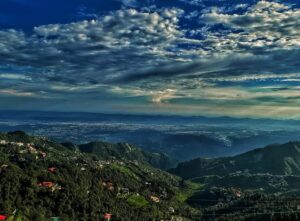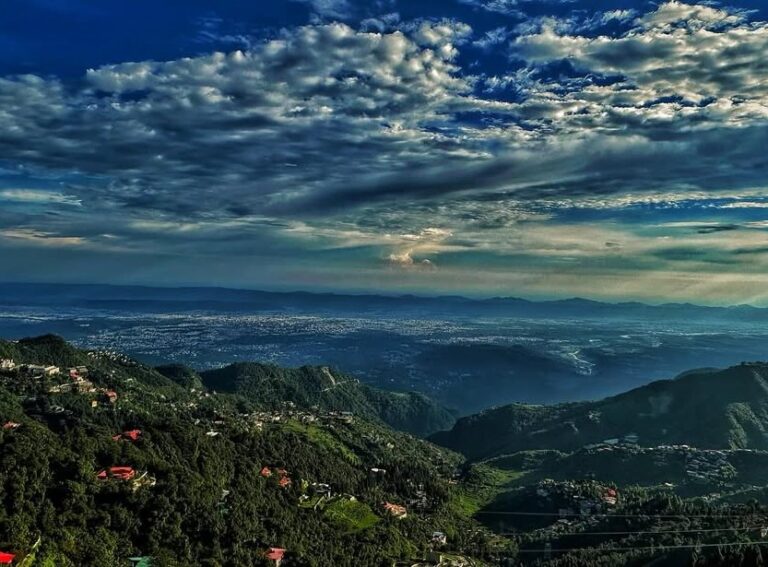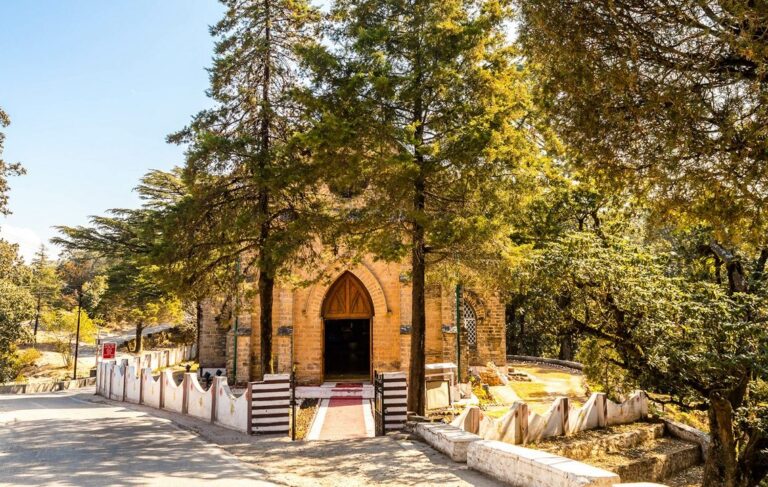Discover Uttarakhand Badrinath Legends | History | Significance
Uttarakhand Badrinath
Badrinath, located in the state of Uttarakhand, is one of the most significant Hindu pilgrimage sites. Situated at an altitude of 3,133 meters (10,279 feet) above sea level, the town derives its name from the Badri tree, found abundantly in the region.
The pilgrimage site is nestled in the Garhwal Himalayan Mountains on the banks of the Alaknanda River, providing a stunning backdrop for devotees visiting the temple.
According to legend, this is where Lord Vishnu performed penance for thousands of years. Badrinath’s history can be traced back to the Vedic period, and it is believed that the great sage Narada visited the area, deeply impressed by its spiritual aura.
The sacredness of Badrinath was further enhanced during the Ramayana, as it is said that Lord Hanuman came here in search of the Sanjivani herb to revive Lakshman.
Throughout history, various dynasties like the Mauryas, Guptas, Kushanas, and Shakas ruled the region and left their architectural imprints. The present Badrinath Temple was built by the philosopher-saint Adi Shankaracharya in the 8th century CE.
Today, it remains a prominent pilgrimage site, attracting thousands of devotees every year, particularly during the six-month period from April-May to October-November when the weather is favorable.

Uttarakhand Badrinath Legends
Badrinath is rich in mythology. One prominent legend tells of sage Badri, a great devotee of Lord Vishnu, who performed severe penance here. Pleased with Badri’s devotion, Lord Vishnu granted him his wish to always be in his presence, thus making Badrinath a divine abode.
Another popular legend states that when Bhagiratha brought the Ganga River down from heaven, the river threatened to destroy everything in her path. To prevent this catastrophe, Lord Shiva captured the river in his matted locks, and when she was finally released, one of her streams flowed through Badrinath, making the waters sacred for pilgrims. Uttarakhand Badrinath
Connection with Parvati and Shiva
Legend of Badrinath: In the stunning Himalayan heights, at around 10,000 feet, lies Badrinath, a place known for its spiritual significance. According to an ancient Hindu legend, Shiva and Parvati once lived here. One day, they took a walk and, upon returning to their home, found a crying baby at their doorstep. Uttarakhand Badrinath
Seeing the child in distress, Parvati’s maternal instincts were stirred, and she was moved to comfort the baby. However, Shiva warned her, saying, “Don’t touch that child.” Uttarakhand Badrinath
Parvati, driven by her compassion, couldn’t ignore the crying baby. Despite Shiva’s caution, she picked up the child and brought him into their home. Shiva, aware of the mystical consequences, was concerned. He remarked that the child had appeared mysteriously, with no signs of parents or footprints in the snow.
After Parvati fed and comforted the child, she and Shiva went to the nearby hot springs for a bath. When they returned, they found the door locked from the inside. Parvati was shocked and asked Shiva what to do next. Shiva, with his divine knowledge, reminded her of his warning. He said, “You brought the child into the house, and now he has locked the door.” Uttarakhand Badrinath

This legend from Badrinath underscores the mystical energy of the place, where even gods face unexpected challenges. The story also symbolizes the power of maternal love, mystery, and divine intervention.
For travelers and pilgrims, Badrinath is not only a place of natural beauty but also one of profound spiritual experiences. Surrounded by the majesty of the Himalayas, this region offers a blend of mythology and serenity, making it a must-visit destination for those seeking spiritual awakening and a deeper connection to Indian culture.
Shiva and Parvati’s Journey to Kedarnath
According to Hindu mythology, after Parvati insisted on bringing the mysterious child into their home, Shiva found himself in a difficult situation. He had two options: to either destroy everything before him or to leave the place.
Out of love for Parvati, Shiva chose the second option, deciding to leave his own home rather than harm the child. Uttarakhand Badrinath
As a result, Shiva and Parvati became “illegal aliens,” wandering in search of a new place to live. After much wandering, they finally settled in Kedarnath, another sacred place in the Himalayas.
Significance of Uttarakhand Badrinath
Badrinath holds immense religious significance, being one of the four sacred sites in the Char Dham pilgrimage circuit of India. The Badrinath Temple, dedicated to Lord Vishnu, is one of the 108 Divya Desams (holy abodes of Vishnu). The temple is also considered one of the Pancharama Kshetras, the five major Vaishnavite temples of India.
The present-day temple was constructed by Maharaja Gulab Singh in the 18th century, although its spiritual significance dates back to the Vedic era. It continues to attract pilgrims from across the globe who seek Lord Vishnu’s blessings. Uttarakhand Badrinath
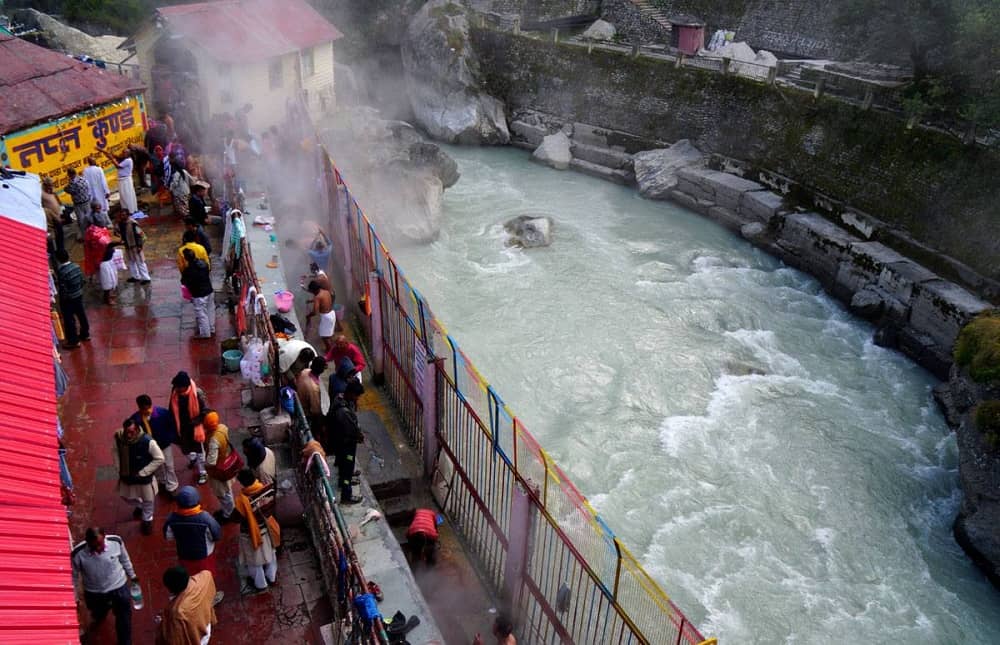
Badrinath Temple
The Badrinath Temple is one of the holiest shrines for Hindus. According to mythology, Lord Vishnu himself established the temple. After his victory over Ravana, it is believed that Lord Rama came to Badrinath to worship Lord Vishnu.
Adi Shankaracharya rebuilt the temple in the 9th century CE, and it has since become a key Vaishnavite temple. The temple’s rich history and legends make it an essential stop on any Hindu’s religious journey.
How to Reach Uttarakhand Badrinath
Badrinath is accessible by both road and air. Located about 550 kilometers from Delhi, it can be reached by road in around 17 hours from Delhi. Uttarakhand Badrinath
The nearest airport is Jolly Grant Airport in Dehradun, which is 315 kilometers away from Badrinath. For air travelers, Badrinath is about 550 kilometers from Delhi, and the scenic journey from Dehradun to Badrinath can be completed by road. Uttarakhand Badrinath
The town of Badrinath may not be the most well-kept, but its surrounding natural beauty is truly breathtaking. The 25-kilometer drive from Govind Ghat to Badrinath is an awe-inspiring journey through the Himalayas, one of the most spectacular drives in the world. The towering mountains, lush green landscapes, and the sheer grandeur of the scenery make it a journey unlike any other. Uttarakhand Badrinath
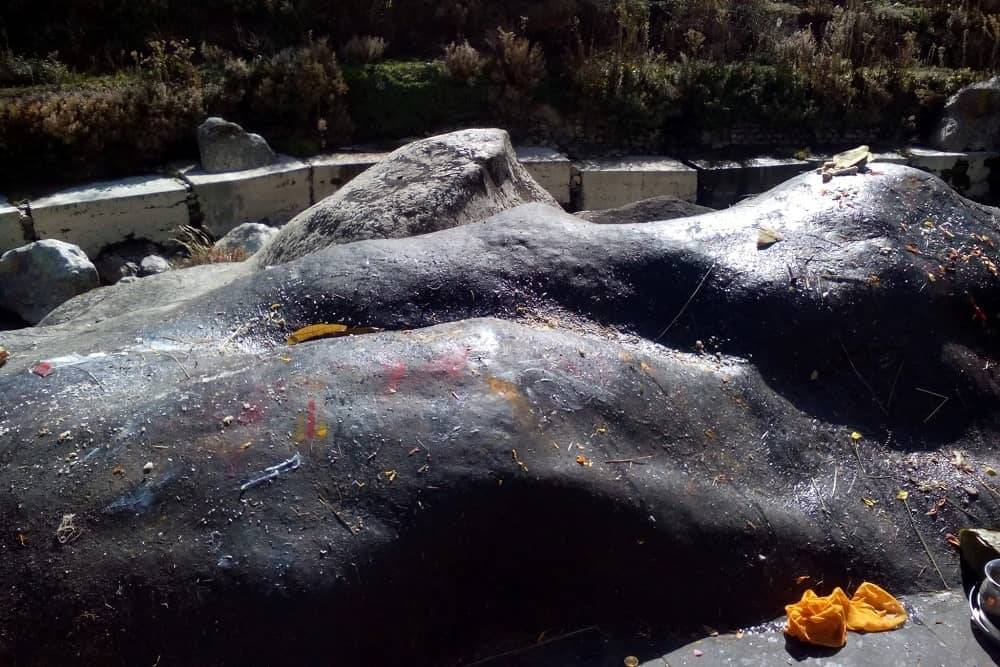
Who Built the Uttarakhand Badrinath Temple?
The Badrinath Temple holds both mythological and historical significance. The temple, dedicated to Lord Vishnu, was established by Adi Shankara, a revered Indian philosopher and theologian.
Adi Shankara, who was born in Kaladi, Kerala, over a thousand years ago, made significant contributions to Hinduism by consolidating the doctrine of Advaita Vedanta. He traveled across India, covering vast distances, including more than three thousand kilometers from Kaladi to Badrinath, entirely on foot.
Adi Shankara not only installed the deity at Badrinath but also established a lineage of priests, the Nambudiris, who continue to serve at the temple to this day. His journey across India, walking from north to south and east to west, multiple times, remains a testament to his dedication to spiritual unity and his mission to revive Vedic traditions.
My Experience at Uttarakhand Badrinath Temple
The area surrounding Badrinath is breathtakingly beautiful, with towering Himalayan peaks and sacred rivers, making it one of the most revered and visually stunning pilgrimage sites in India.
Having traveled to many places of Uttarakhand Himalayas, I can confidently say that this stretch of road, winding through steep cliffs and valleys, offers views that words cannot fully capture.
The majestic Himalayan peaks, coupled with the serene beauty of the landscape, make this journey one of the most memorable experiences for travelers and pilgrims alike.
Traveling to the Uttarakhand Himalayas is a humbling experience, where the sheer scale of nature makes you wonder how anyone, especially thousands of years ago, could have ventured through these rugged, untamed terrains.
There were no roads, no automobiles, and no maps to guide people through the unknown, yet they walked with an unwavering sense of purpose.
The journey into the Uttarakhand Himalayan mountains was never about achieving a specific goal, but about being overwhelmed and humbled by the immensity of creation. It is a place where one can feel dwarfed, if not completely dissolved, by the grandeur of nature.
This kind of experience is essential for those on the spiritual path. It teaches the importance of persistence, of walking without knowing where the journey begins or ends, but simply continuing with unwavering determination.
On the path of yoga and spiritual growth, this mindset is crucial: to keep moving forward without concern for the destination. Without this inner strength and attitude, progressing spiritually becomes a distant possibility.
The Himalayas embody this profound lesson, offering not just a physical challenge but a deeply spiritual one—reminding us to surrender to the vastness and continue, no matter how uncertain the road ahead.


